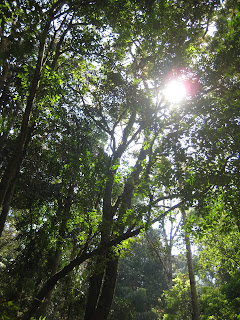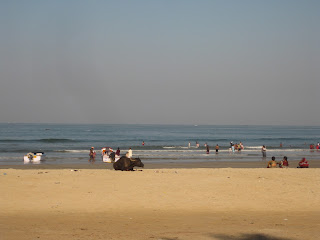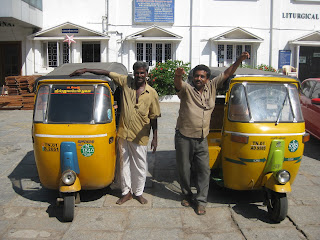1. Washroom is literally a stall that you can wash yourself in. You must ask for a "toilet" instead.
2. Never trust a business's advertising as showing what is available.
At stores it will be stated that some products or services are available there, however, when you ask for this, the employees will tell you that this is not the case (as though you should have known) and send you to the next business. You will have to continue this search from business to business until you eventually find one that meets your needs. Indians are often very helpful in showing you the way to the next business may help you out. Overall, this is a very different business approach than is used in the West.
At restaurants, there may be a large menu, however when it comes time to order, the waiter will tell you that whatever you want to order is not available. The menu suddenly shrinks to a very small amount of items that you may not understand what they are. At this point, the waiter will tell you what you must get (they often forcefully make the recommendation but it is with good intention because it is often the item that the restaurant is best at or the bread that the area is known for).
To approach this problem, you must be very patient and be prepared for things not working the way you want them to. You can get almost anything you want and need in India, as long as you put in the time.
3. With any food that you eat and are unsure of, take caution of anything that is served in a disproportionately small size compared with the rest of the meal. This is often extremely spicy!
4. Unless there is a marked price, you can and should bargain for a fair price.
5. There is no one Indian English accent.
There are so many different languages spoken in India. Many people speak more than one Indian language as well as English. English is the national language because it can be a common language between everyone. Because of all the different Indian languages that influence their pronunciation, I have not been able to recognize a common Indian English accent. Some are easier to understand than others. In Tamil Nadu I had the hardest time understanding their English because they spoke it so fast that it sounded like another language.
6. Showering involves a bucket and pail and does not always involve hot water.
7. Power outages are a common occurrence. Try not to heavily depend on electricity and be prepared to improvise.
8. Anything white does not stay white.
Clothes are hand washed in Indian and white becomes dirty quickly with the heat and dust. Although white may look great the first time that you wear it after purchase, it will never look that good even after a good scrub. You either have to embrace beige clothes or opt for different colour choices in clothing.





















































